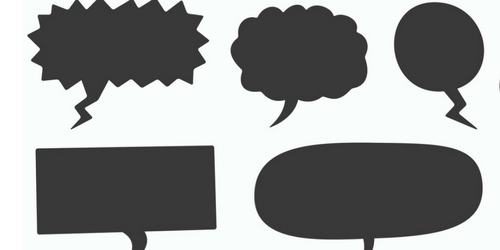- About
- Programs
- Issues
- Academic Freedom
- Political Attacks on Higher Education
- Resources on Collective Bargaining
- Shared Governance
- Campus Protests
- Faculty Compensation
- Racial Justice
- Diversity in Higher Ed
- Financial Crisis
- Privatization and OPMs
- Contingent Faculty Positions
- Tenure
- Workplace Issues
- Gender and Sexuality in Higher Ed
- Targeted Harassment
- Intellectual Property & Copyright
- Civility
- The Family and Medical Leave Act
- Pregnancy in the Academy
- Publications
- Data
- News
- Membership
- Chapters
Creating a Civil Classroom in an Era of Incivility
Resources for teaching in a politically charged environment.

Divisiveness and vitriol characterize political discourse in the United States today. College campuses find themselves at the center of politically charged debates about what constitutes free speech, when students have the right to protest, and whether faculty members and administrators should hold to an imagined standard of neutrality. In her July 2017 article “Campus Leaders Rethink Their Role in the Age of Trump,” CNN reporter Susan Baer notes that students who support Trump feel threatened by liberal bias, while students who do not support him feel threatened by his message and his supporters. Meanwhile, faculty members and administrators fear that a focus on “fake news” and the drumbeat of hostility toward intellectuals threaten the enterprise of liberal arts education itself.
This past summer, responding to a white supremacist march in Charlottesville and the death of an innocent counterprotester, the president of the United States refused to distance himself from the so-called altright and invented an “alt-left” to explain the violence. Regardless of whether you agree that this current political moment is an emergency, it is naive to argue that the bile and anger evident in social and traditional media have had no effect on our students. And, inevitably, this level of animosity creeps inside the classroom.
As the National Council of English Teachers recently stated, “There is no apolitical classroom.”
Continue reading the article (member login required).



